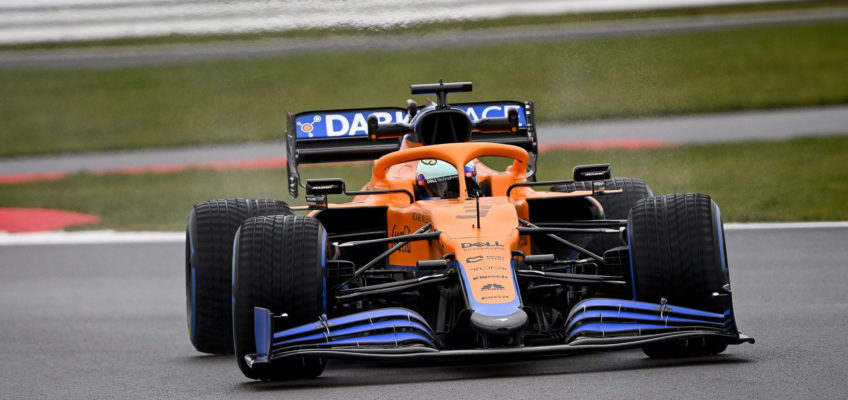The irruption of the coronavirus pandemic meant the overhaul initially planned for the upcoming Continental Circus season had to be postponed for next year. The 2021 F1 cars changes, however, are significant.
The raft of modifications introduced by the FIA this year is for the most part aimed at reducing downforce. Current F1 cars are the fastest in history and their ever-increasing speed seemed to have no end. At the same time, however, the body regulating international motor racing has been striving to improve safety while making the sport more attractive to fans.
A smooth floor
On top of this, the longitudinal and lateral grooves which were also located on the floor of the car have also been taken out. These were meant to increase the suction capacity below the car and redirect the airflows and vortices. The flat section of the floor is now completely smooth.
Also, the distance between the diffuser and the floor has been increased, and the fins installed at the lower part of the rear brake duct, are now 80 mm long after being cut back by 40 mm.
Conversely, the upper fins of the duct maintain their original extension of 120 mm. Finally, the vertical lines at the back of the diffuser have also been shortened by 50 mm.
Tire degradation
All of these measures have come into place after the realisation that the increasing downforce was accelerating tire degradation, which in turn could bring about a greater risk for drivers, ultimately harming both the competition and the show.
Under those circumstances, teams aimed for a medium-low rhythm at different strategic stages of the race, in order to preserve the life of their tires.
A mere technical matter was thus decreasing the number of battles on the track and, at the same time, endangering drivers who could find their tires had degraded earlier than expected, as happened to Mercedes´ Lewis Hamilton at the 2020 Great Britain GP.
The FIAs battery of new aero rules is therefore aimed at reversing the problem and are forecasted to reduce the aerodynamic load by approximately ten per cent, a percentage that has slowly built up over the last few years.
Heavier…and slower cars
Among the 2021 F1 cars changes is the minimum allowed weight. It has gone up by 3 kilograms, to a total of at least 749kg. Following the same logic, the size of the engine has also been increased to a minimum of 150kg.
Also, qualifying engine maps have now been banned since teams will only have a certain number of programs in their ECUs per season.
The ‘Pink Mercedes’ effect of 2020 will not happen again
The FIA was determined to prevent a repeat of the 2020 Racing Point scandal, which turned out to be a blatant copy of the Mercedes from 2019. Other teams on the grid, such as McLaren, were outraged at what was obviously a W10 camouflaged in the colours of the team from Silverstone.
This year each team must comply with a detailed list of the parts they are supposed to manufacture, a measure that will prevent history from repeating itself.
Furthermore, if a team considers that another one has copied one of its elements, the FIA may require a detailed account of the manufacturing process from the team under suspicion. It´ll be one of the most important 2021 F1 cars changes.
Images of 2021 F1 cars changes: McLaren.





Leave a Reply